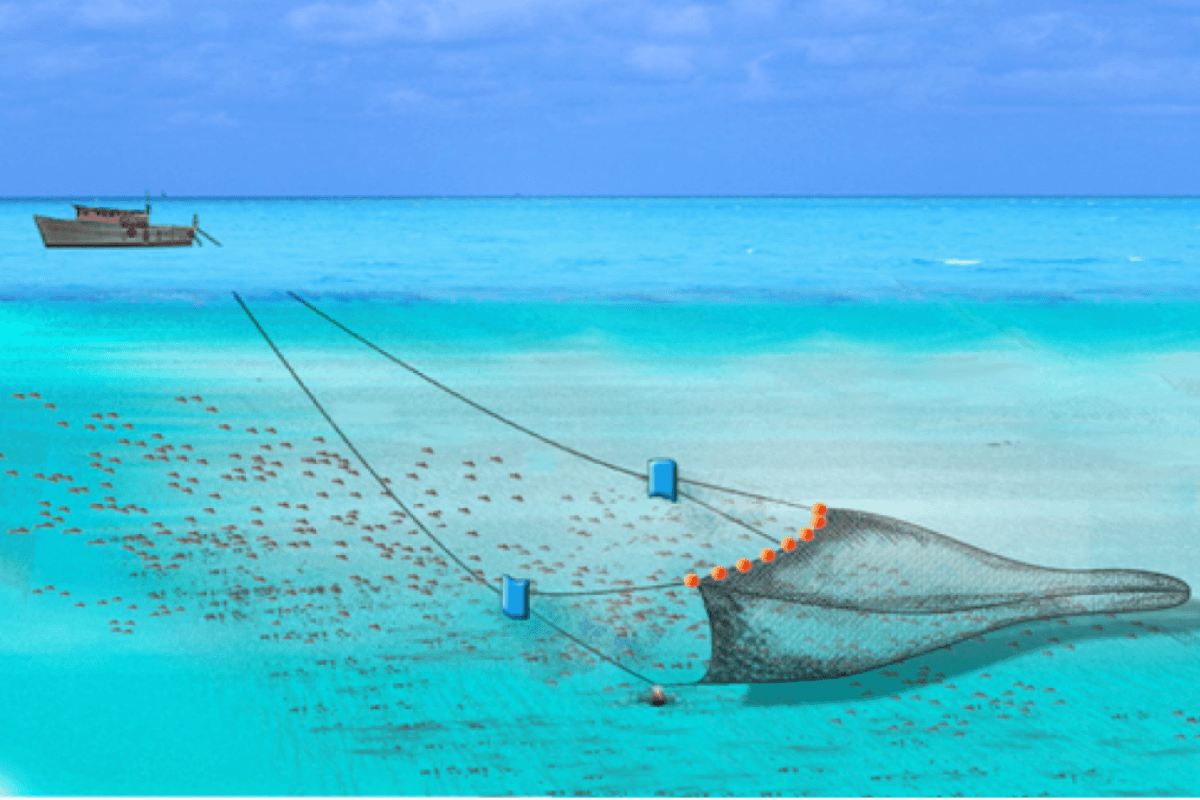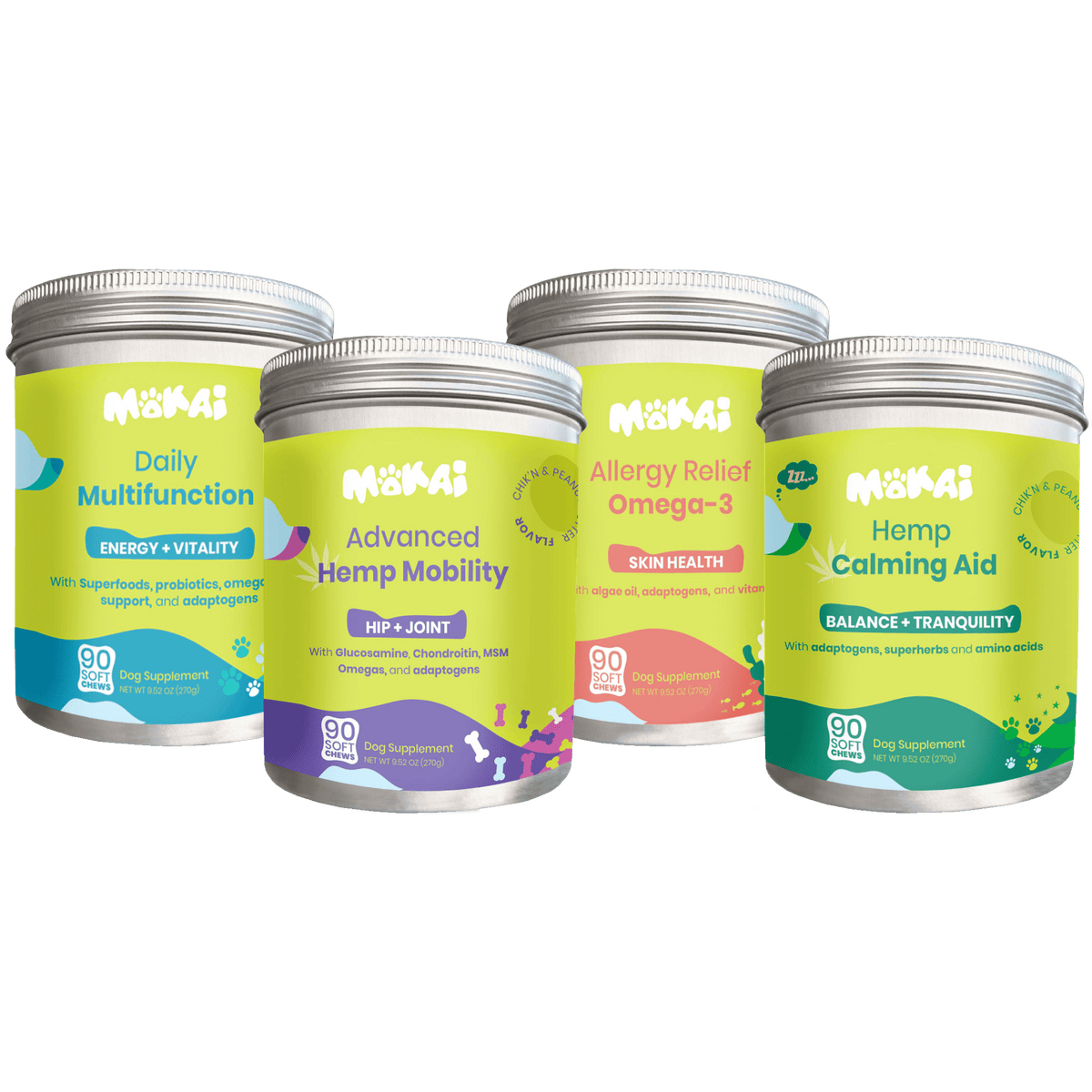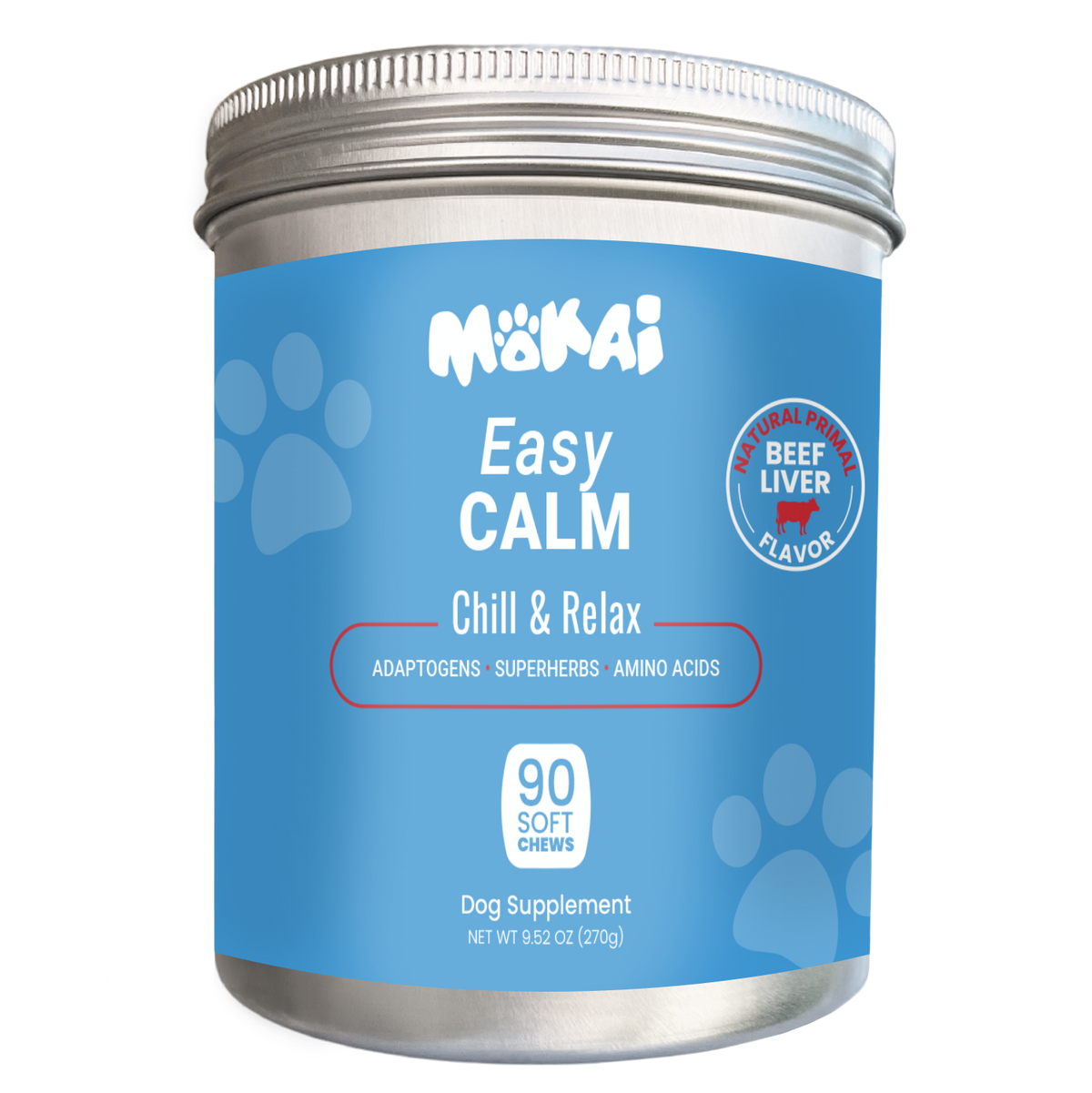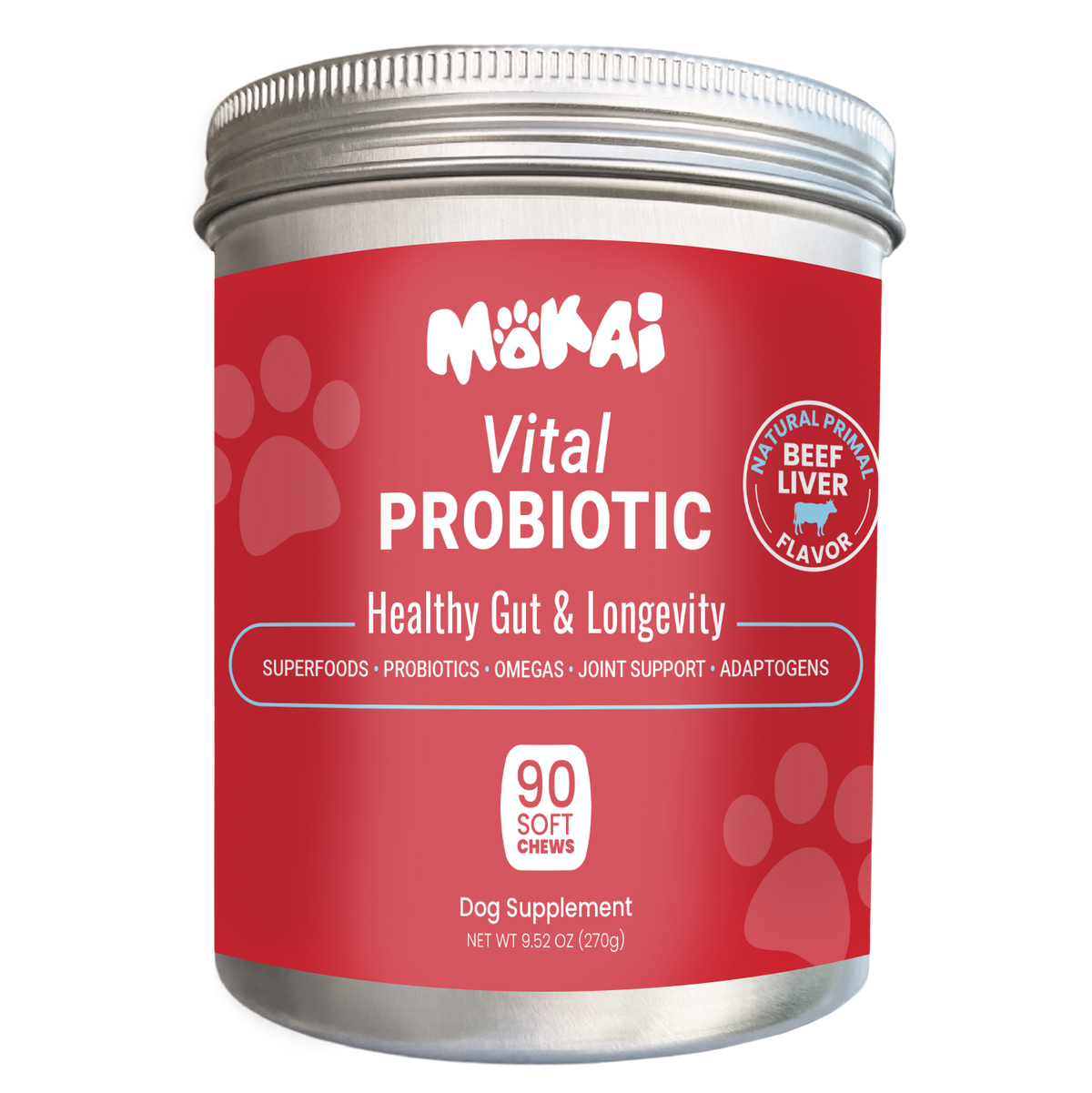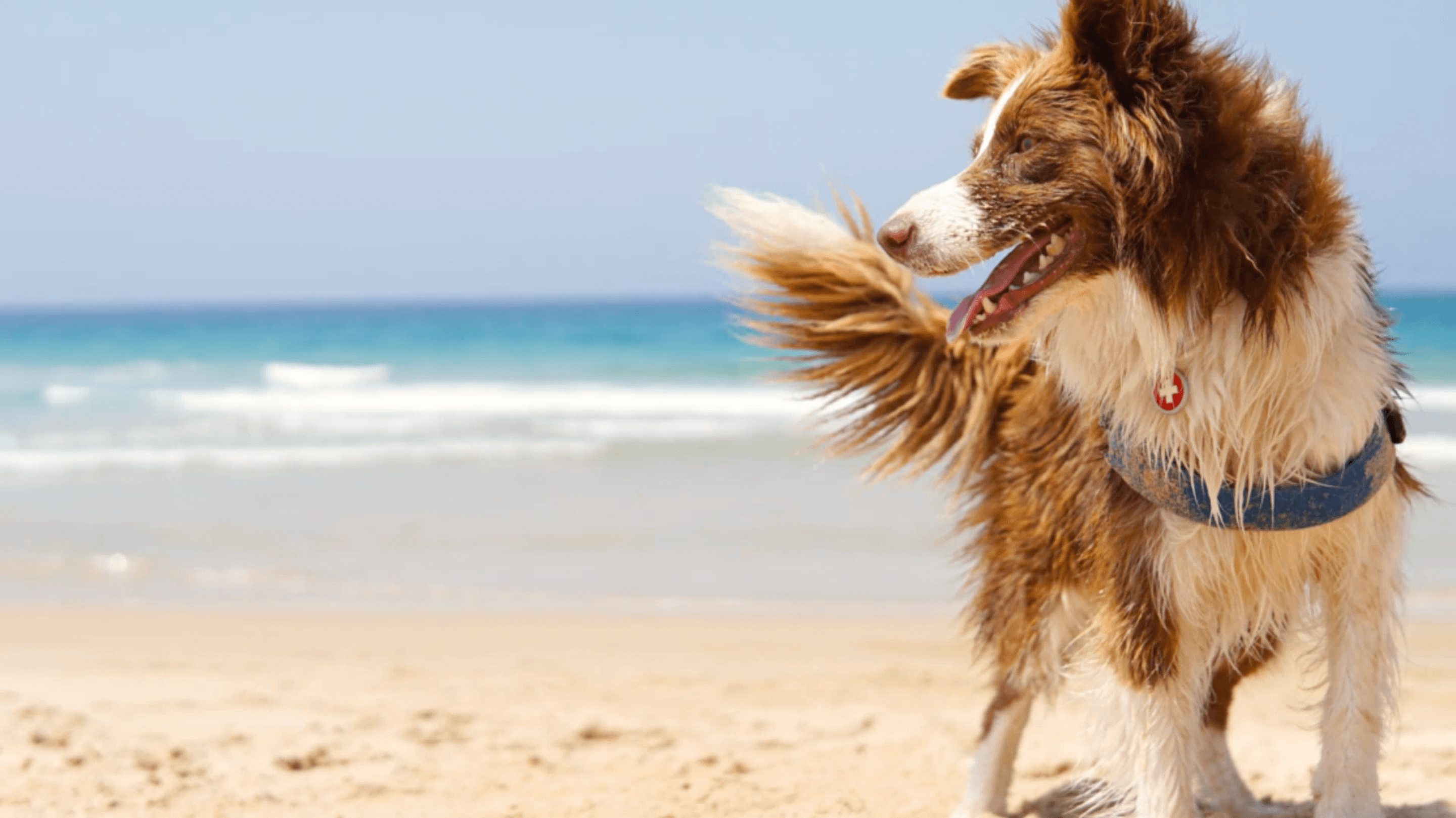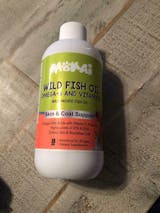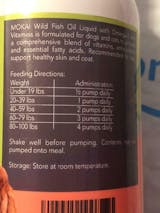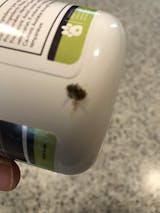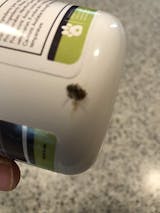My almost 14 year old English Springer Spaniel just loves these supplements. We have noticed a difference in her mobility since using this supplement daily. They are easy to crumble in her food and she thinks it's a treat.
We absolutely love this product! This is our first time trying the wild fish oil and the only issue is that we didn’t order sooner! We have two picky eaters and after adding this into their bowls they have been eating so much more than normal! So great for them! Both dogs love the flavor, the malamute licks the bottle clean after each use. It’s so easy to dispense, we keep it right by their food so it gets added each time. The ingredient quality is great! Thanks for making such a great product!!
UPDATE: The seller reached out to me to explain that this was indeed supposed to come with a pump, and the lack of one was due to some error at Amazon packaging. They offered to send me one. I ended up ordering one, and this one did come with a pump.My dogs seem to like the taste, and I will update if/when I notice any change in their skin or coats. I may also change to 5 stars if I order again and the pump is included again. Right now it's 50% so I'll wait and see LOL. I do wish the writing on the bottle was larger. With my old eyes, I have to use the magnifier on my phone to read it. But that's minor and is something I deal with all the time on many packages.Got this for my 2 dogs. The pictures online show a pump, and the directions (see photo) give directions for how many pumps are needed, but there is no pump included anywhere in the packaging.
This stuff really works for dogs with skin allergy. My chihuuahua was having to get shots and when we started this she stopped scratching. I ran out whioe in hospital and then rehab and when I got home she was really scratching. Got her a shot and she still did it. Just got new bottle and already better. I will not run out anymore.
Andre is my service cat a very rare intact male calico sphynx Unfortunately he does carry the trait of bad teeth and a heart murmur so we cannot put him Under anesthesia so we tried this along with an additive in our water after seeing vet. I am so happy to announce that I'm seeing super quick results even though I didn't remember every day I am now because it's working. I remember to wipe every day and it's quite easy to do the front teeth to do the back teeth is a trick let the wipe do the work for you folded in half and push it in the back of their mouth they will chew on it maybe gag gets the back teeth without hurting you . I am using it on his son as a preventative and the serval kitten even n my kinkajou raccoon now for teeth or desensitization reasons it Life saver litterly saving my cat from bad teeth n more heart issues even teeth are ao important.
We love this product and every product we have tried from Mokai paws! My pup has pretty rough seasonal allergies that tend to show up in poofy eyes. So far we haven’t had any flair ups! We love the results and my dog is happy to eat the chews without a fuss!


